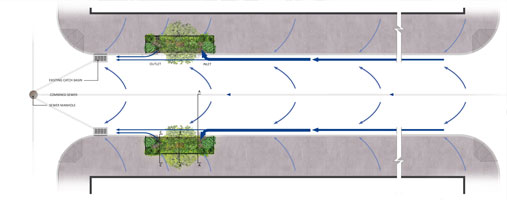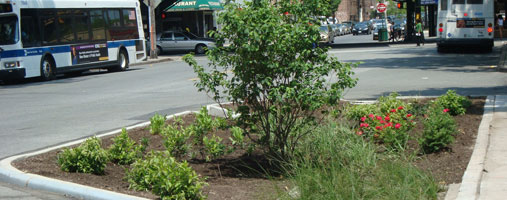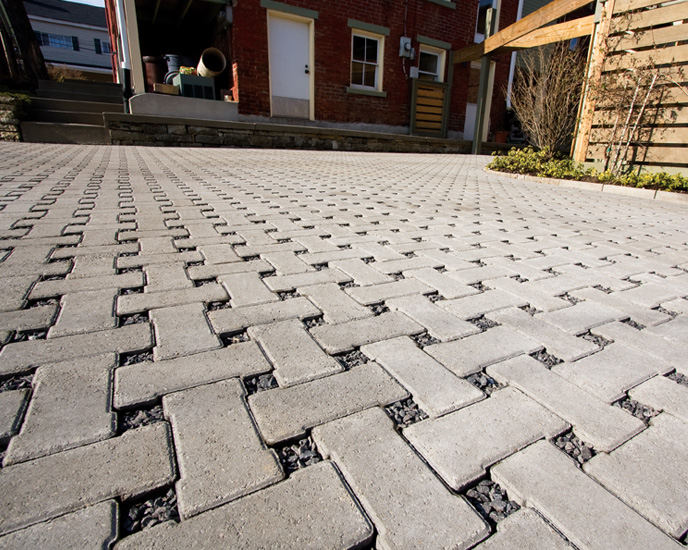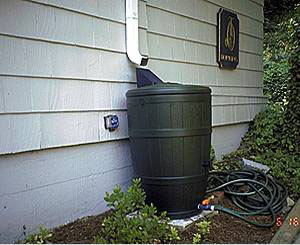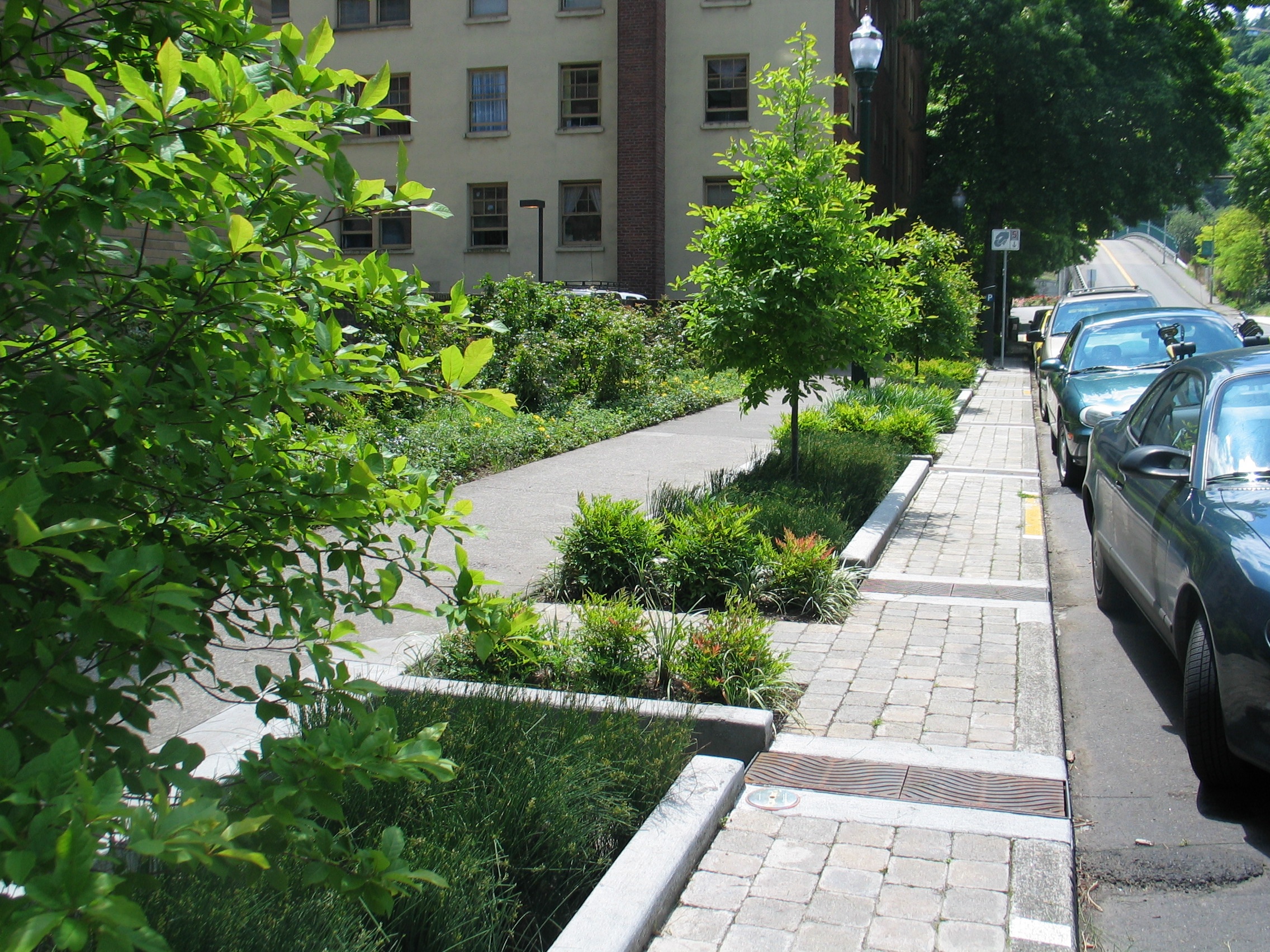A Few Great Environmental Blogs:
The Dirt is a great blog that contains a wide variety of subject matter. They cover design, landscape, technology and architecture in a sustainable and green way. The Dirt talks about dealing with climate change while incorporating modern ideas. It has many environmentally based posts and topics that are interesting and up-to-date. ‘Green Buildings’ , ‘Green Roofs’. and ‘Sustainable Design’ all offer especially good information on recent occurrences dealing with how humans have come to interact with the environment.
Green Infrastructure (Deeproot)----http://www.deeproot.com/blog/blog-entries/category/green-infrastructure-2
Deeproot is a blog that explores the different kinds of green infrastructure. It is very helpful because it shows you how you can invest in green infrastructure. It has a lot of good information on trees in suspended pavement. I found both ‘A Brief History of Trees in Suspended Pavement’ and ‘Effect of Pavement on Tree Soil Organic Matter’ very interesting and informing. If you want to know more about how trees and soil are affected by growing in heavily paved areas, this is a great blog for you.
The Environmental Blog covers everything “green” from eco-friendly wrapping paper to oil spill recovery to sustainable eating. It is a great blog to be aware of for lots of fascinating posts on anything “green”. It addresses climate change and proposes new ideas for anyone and everyone. I found ‘UN-Habitat Classifies “Prosperous” Cities’ an interesting post examining the issues of population growth in cities. It’s another great blog that covers a vast amount of subject matter.
Inhabitat is a blog that focuses on the future of design, innovations in technology, and architecture from a sustainable perspective. They explore recycled materials, sustainable design, and solar power to improve the world through environmentally conscious design. ‘Green Air Hotel Concept Wants to Upcycle China's Old Hotels into Lush, Pollution-Eating Environments’ and ‘Jun Aoki Hides Omiyamae Gymnasium Underground to Create a Green Oasis for Suginami, Tokyo’ are both extremely interesting and inspiring posts. Inhabitat is organized well and is easy for the reader to navigate through. Please check it out!
Sustainable living is a greatly inspiring blog. If you are interested in living more sustainably, this blog has lots of great ideas. It’s simple but informative. Sometimes, it’s hard to know what you can do to help the environment. If this is you, then Sustainable Living is a great blog for you to check out. It’s amusing and informative.
